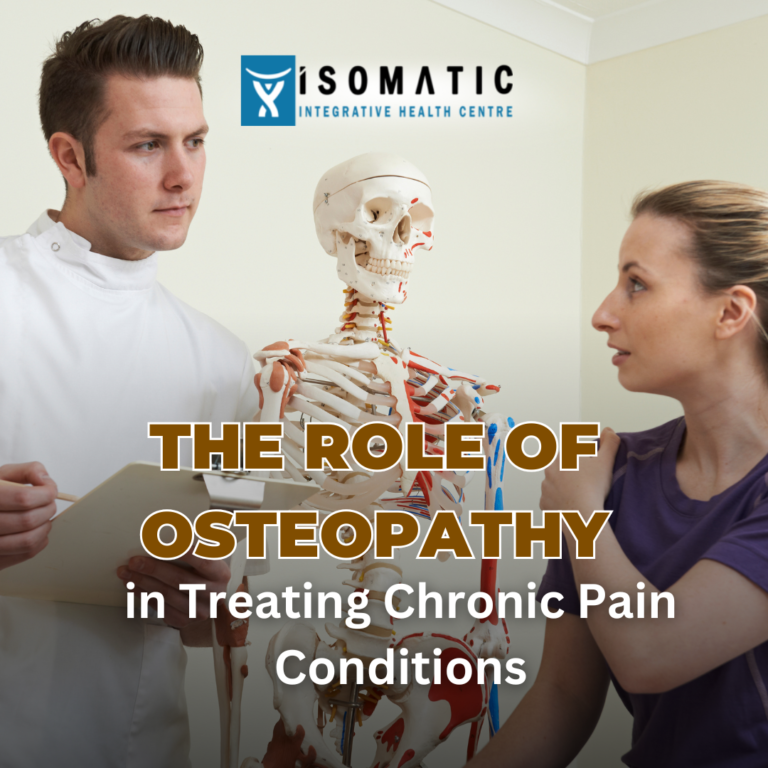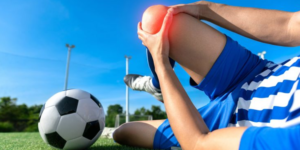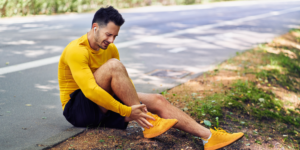Knee pain doesn’t have to keep you sidelined. With consistent effort and the right approach, you can regain strength, improve mobility, and live more comfortably. Whether you’re managing an old injury, arthritis, or just looking to move better, these best exercises for knee pain relief offer a natural, empowering solution.
Ready to take the first step? Start slow, stay consistent, and let movement become your medicine.




